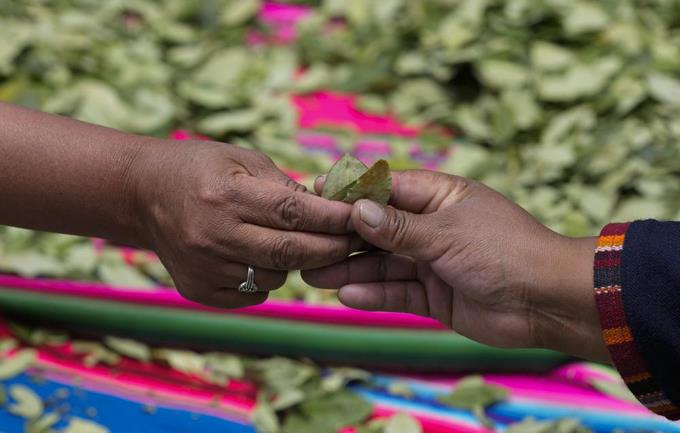After several failed attempts in recent years, the Bolivian government intends to manufacture toothpaste and other legal derivatives of the coca leaf in a state-owned company that will start up by the end of 2023, according to a decree approved by President Luis Arce. .
The recently created Public Productive Company for the Industrialization of the Bolivian Coca Leaf (Kokabol) will develop “the basic industry of the coca leaf and toothpaste and other products derived from that leaf” for use in traditional medicine, with a contribution from the State of $8.9 million.
This is the government’s fifth attempt to industrialize coca, of which Bolivia is the world’s third largest producer after Colombia and Peru, as well as cocaine. The biggest driver was given by former president Evo Morales (2006-2019), leader of the main coca growers union since the 1980s and from where he jumped into politics to become the first indigenous president and the one who governed Bolivia for the longest.
The new plant will go into operation in a year and a half and will create some 200 jobs, said Deputy Minister of Productive Development Néstor Huanca. “Our coca leaf has more fiber, it is rich in vitamins, it has 14 alkaloids. The plant will develop basic chemistry and will promote coca research,” he said in an interview with ATB television.
None of the coca leaf industrial plants created in the Morales government managed to survive and compete in the market with products such as infusions, toothpaste, flour and even fertilizers. Nor did private initiatives for energy drinks or soft drinks go ahead compared to similar products on the market, cheaper and for mass consumption.
In the constitution approved by Morales in 2009, coca was declared a “cultural heritage” and a “factor of social cohesion.” According to the rule, the leaf “in its natural state is not narcotic” and provides for its “revaluation and industrialization”.
In Bolivia, indigenous people -especially from the Andean region- have been chewing coca since ancient times to combat fatigue, mountain sickness and stomach ailments. In the cities, its use in infusions is very popular, but a good part of the production is diverted to drug trafficking, according to various studies.
A law approved by Morales allows the cultivation of up to 20,000 hectares of coca for traditional uses, but according to a recent report by the United Nations Office on Drugs and Crime (UNODC), cultivation increased illegally by 15% in 2020, reaching an area of almost 30,000 hectares.
More than 100,000 people live from coca, whose cultivation generates between 365 and 449 million dollars a year, just over 1.4% of the Gross Domestic Product, according to the UNODC, without counting the production of cocaine that leaves for neighboring countries from where it is exported to Europe and the United States.
